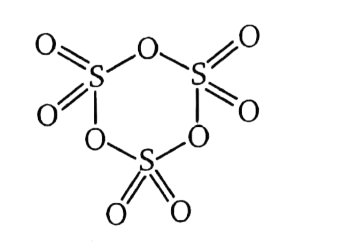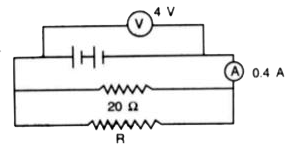Average is calculated by adding up all the values and dividing the result by the total number of values.
To solve the question regarding whether the statement about calculating the average is true or false, we can follow these steps:
1. Understand the Definition of Average:
- The average of a set of numbers is defined as the sum of all the numbers divided by the count of those numbers.
2. Identify the Formula for Average:
- The formula for calculating the average (A) can be expressed as:
A=Total of all valuesNumber of values
3. Break Down the Statement:
- The statement claims that "Average is calculated by adding up all the values and dividing the result by the total number of values."
- This aligns perfectly with our understanding of the average and the formula we identified.
4. Evaluate the Truth of the Statement:
- Since the statement accurately describes the process of calculating the average, we conclude that it is true.
5. Final Conclusion:
- Therefore, the statement is true.
- The average of a set of numbers is defined as the sum of all the numbers divided by the count of those numbers.
- The formula for calculating the average (A) can be expressed as:
A=Total of all valuesNumber of values
- The statement claims that "Average is calculated by adding up all the values and dividing the result by the total number of values."
- This aligns perfectly with our understanding of the average and the formula we identified.
- Since the statement accurately describes the process of calculating the average, we conclude that it is true.
- Therefore, the statement is true.
Topper's Solved these Questions
- PHYSICAL QUANTITIES AND MEASUREMENT BOOK - ICSECHAPTER - PHYSICAL QUANTITIES AND MEASUREMENT EXERCISE - Exercises (Section I) Name the following
8 Videos
- PHYSICAL QUANTITIES AND MEASUREMENT BOOK - ICSECHAPTER - PHYSICAL QUANTITIES AND MEASUREMENT EXERCISE - Exercises (Section I) Choose the correct option
4 Videos
- PHYSICAL QUANTITIES AND MEASUREMENT BOOK - ICSECHAPTER - PHYSICAL QUANTITIES AND MEASUREMENT EXERCISE - Questions
2 Videos
- MODEL TEST PAPERS BOOK - ICSECHAPTER - MODEL TEST PAPERS EXERCISE - TEST PAPER II (SECTION II) Numerical questions
2 Videos
Similar Questions
Knowledge Check
The final value, v, in a four-digit lock code is determined by multiplying the second value by two, subtracting that expression from the first value, and dividing the resulting expression by half of the third value. The first value is f, the second value is 1, and the third value is t. What is the final value, v, in terms of f and t ?
Af−2tB2f−4tCt2f−4D2t−4f
For oxyacid HClOx, if x=y=z (x,y and z are natural numbers), then calculate the value of |x+y+z|. Where x=number of 'O' atoms
y=total number of lone pairs at central atom
z=total number of pi(π) electrons in the oxyacid.
View SolutionFor a particular value of azimuthal quantum number (I), the total number of magnetic quantum number values (m) is given by
View SolutionThe number 3 divides a with a result of b and a remainder of 2. The number 3 divides b with a result of 2 and a remainder of 1. What is the value of a?
View Solution(A):Average speed is equal to total distance travelled divided by total time taken .
(R ):The average speed of an object may be equal to arithmetic mean of individual speed
View SolutionConsider the following

Calculate value of p+q, here p and q are total number of dπ−pπ bonds and total number of sp3 hybridised atoms respectively in given molecule.
View SolutionConsider the following

Calculate value of p+q, here p and q are total number of dπ−pπ bonds and total number of sp3 hybridised atoms respectively in given molecule.
View SolutionWhen the greater of the two numbers increased by 1 divides the sum of the numbers, the result is 32. When the difference of these numbers is divided by the smaller, the result is 12. Find the numbers .
View Solution

